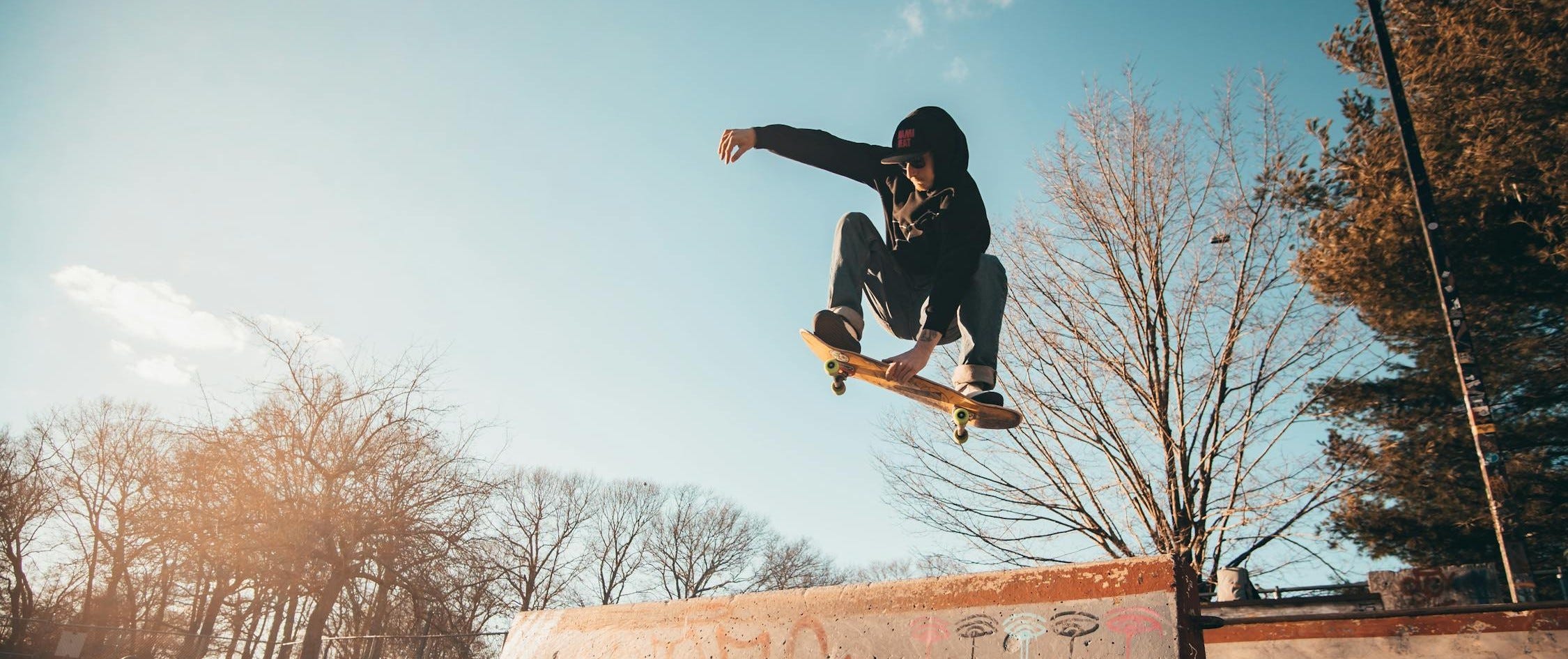5 Common Mistakes Made in Skating and How to Avoid Them
Starting your skating journey is both thrilling and challenging. However, many beginners make avoidable mistakes that can lead to frustration, discomfort, or even accidents. By understanding these common errors and how to fix them, you’ll set yourself up for a smoother and safer learning experience. Let’s break down the five most common mistakes and how to avoid them.
1. Skating with the Wrong Gear
Wearing the wrong gear or skipping protective equipment is a mistake many beginners make. Ill-fitting skates, inappropriate shoes, or the absence of protective gear like helmets and pads can increase your risk of injury.
How to Avoid It:
- Always wear a helmet, knee pads, elbow pads, and wrist guards.
- Choose properly fitted skates or shoes to ensure better control and comfort.
- If using roller skates or ice skates, ensure they are laced up securely to support your ankles.
2. Poor Posture and Stiffness
Many beginners skate with stiff legs and a straight back, which makes balancing and manoeuvring difficult. Being too rigid can also make falls more dangerous.
How to Avoid It:
- Keep your knees slightly bent to maintain a lower center of gravity.
- Relax your body and distribute your weight evenly.
- Engage your core muscles to help with balance and control.

3. Looking Down Instead of Ahead
It's natural for beginners to watch their feet, but this can throw off your balance and make it harder to anticipate obstacles.
How to Avoid It:
- Focus on where you’re going rather than looking down.
- Keep your head up and eyes forward to maintain proper posture.
- Trust your feet, your body will naturally adjust as you gain confidence.
4. Not Learning How to Fall Safely
Falling is inevitable in skating, but falling incorrectly can lead to injuries. Many beginners instinctively put their hands out to catch themselves, which can cause wrist injuries.
How to Avoid It:
- Learn to fall properly by bending your knees and rolling onto your side.
- Try to land on your forearms instead of your hands to reduce impact.
- Practice falling on a soft surface to get comfortable with controlled falls.
5. Skipping the Basics & Rushing Progress
Beginners often try to learn advanced tricks or speed up too quickly without mastering fundamental skills like stopping, balancing, and turning.
How to Avoid It:
- Take the time to learn the basics, such as proper stance, gliding, and stopping techniques.
- Progress at a steady pace and build confidence before attempting advanced moves.
- Practice consistently to develop muscle memory and improve your control.
Skating is an incredible skill that takes patience and practice to master. By avoiding these common mistakes, choosing the right gear, maintaining proper posture, keeping your eyes ahead, learning to fall safely, and focusing on the basics, you’ll have a much smoother and safer experience. Keep practicing, stay confident, and most importantly, enjoy the ride!









